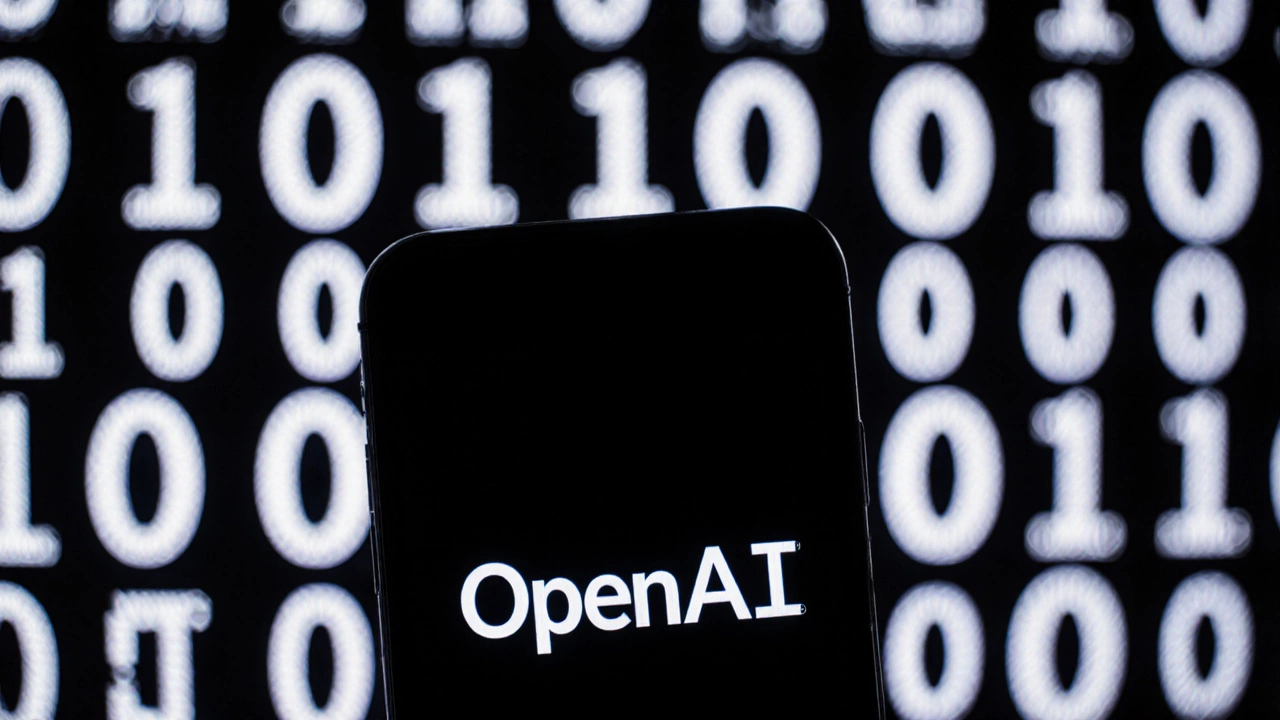AI Chip Supply: What You Need to Know
When working with AI chip supply, the network that moves AI‑focused processors from fabs to devices. Also known as AI semiconductor supply chain, it keeps AI workloads running smoothly worldwide.
One of the biggest drivers behind AI chip supply is semiconductor manufacturing, the process of turning raw silicon into the tiny chips that power everything from smartphones to data‑center servers. This industry relies on ultra‑clean rooms, expensive photolithography tools, and a handful of specialized foundries that can churn out the most advanced nodes. Because AI chips need massive compute density, they often use the latest process nodes, making the link between manufacturing capability and supply tight.
Key Factors Shaping AI Chip Supply
The supply chain, another critical entity, stretches from raw silicon wafers through testing, packaging, and final distribution. Any hiccup—whether a logistics delay, a raw‑material shortage, or a geopolitical restriction—ripple‑effects the whole flow. In recent years, we’ve seen how pandemic‑related factory shutdowns and export limits on equipment can shrink the available inventory of AI‑ready GPUs and accelerators, prompting price spikes and longer lead times.
When the demand for AI workloads spikes—think generative AI models, autonomous‑driving systems, or real‑time video analytics—the pressure on GPU manufacturers and custom AI accelerator firms ramps up. These chips are the muscles behind deep‑learning inference and training, so a surge in model size directly translates to a higher appetite for silicon. This demand‑supply tension explains why many companies announce multi‑year supply agreements: they need to lock in capacity before the market tightens further.
Another layer is the role of foundry partners like TSMC and Samsung. Their ability to expand capacity, invest in next‑gen lithography, and prioritize AI‑centric customers determines how quickly the market can absorb new designs. When a foundry adds a new fab line, it often comes with a multi‑year ramp‑up period, meaning that short‑term spikes in AI chip orders may still outpace supply for months.
All these pieces—manufacturing, supply chain, GPU demand, and foundry capacity—form a web of interdependencies. In semantic terms, AI chip supply encompasses semiconductor manufacturing, AI chip supply requires a resilient supply chain, and global AI workload growth influences chip availability. Understanding these connections helps anyone from a budding data‑science hobbyist to a corporate procurement officer anticipate bottlenecks and plan accordingly.
So, what does this mean for you? If you’re a developer looking to train large models, keep an eye on fab announcements and stock‑level alerts from major GPU vendors. If you’re a business prepping for AI integration, consider diversifying your hardware sources and negotiating forward contracts early. And if you’re simply curious about why your favorite AI‑powered app sometimes feels slower, remember it might be a supply‑chain ripple from a factory halfway around the world.
Below you’ll find a curated collection of posts that dive deeper into specific angles of the AI chip supply story—ranging from real‑world case studies of supply shortages to practical tips for navigating the market. Explore the range, pick the pieces that match your interest, and get a clearer picture of how the chips under the hood are shaping the future of AI.
OpenAI Picks AMD’s MI300X Chips in $4.9B Deal, Shaking Nvidia
OpenAI signs a $4.9 billion multi‑year chip deal with AMD, boosting AMD shares and challenging Nvidia’s AI‑hardware dominance.
Read More
